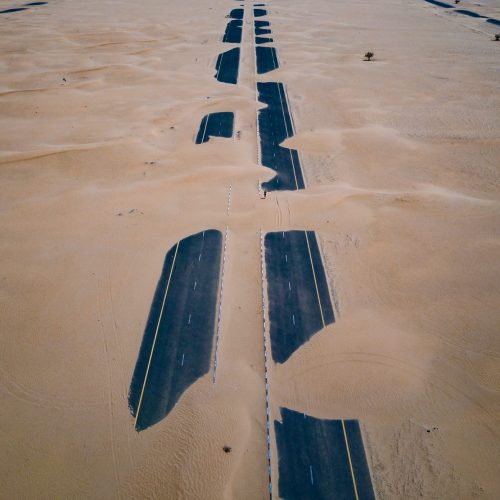Placemaking for the 22nd Century
How do we ensure that what we do now, does not limit us in respect of what changes might be around the corner, whether that be in 5, 10 or 50 years?
Globally, our industry has successfully recreated spaces time and time again to meet user trends. The best places are those that have adapted to change, not being constrained or limited by short-sighted planning, architecture or engineering.
We need to consider what makes a great place and how this place relates to and meets the needs of its user.
We need to look at simple and obvious factors like green space, experiences, and what drives authentic community relationships
We need to consider how we help people to work, live and thrive in way that suits their individual needs.
For example, what makes a vibrant commercial district? Office workers need more than office space; they need the urban realm, a place to take time out, to eat and to socialise, these districts should not become ghost towns at 6 pm.
Great commercial districts are just that, districts with many key ingredients, not just iconic buildings with a sole single ‘use’ but instead a weave of different ‘uses’ where people can live and thrive amongst the backdrop of commercial dominance.
Connection is key to the success of placemaking – we cannot simply build a place and expect people to come – they need a way to get there! Considering how a city connects itself and ensuring that mobility facilitates the living and working choices that people make is essential. Our citizens need to have choices, the decision of whether they live in the city or out in suburbia needs to be theirs, their proximity to work, schools and healthcare needs to be a choice in which mobility options are easy to factor in.
Technology underpins great cities.
We need to promote the use of technology as an enabler
designing our spaces to keep up with its pace of change, whether that’s accommodating autonomous transport, smart buildings or adapting our spaces for the use of mobile technology. No longer are we reliant on printed timetables, or city guides – we now have unlimited access to technology and information right in the palm of our hands.
Finally, great cities are underpinned by world-class urban systems, access to clean water, power and treatment of the waste we create.
Understanding what makes a great place, allowed our team to look at the best practices from across the globe and create a Global Future Cities Index which measured a total of 21 metrics against 24 participating Global Cities – a total of 504 data points.
In creating the index we discovered some interesting ingredients in placemaking. In some cases, the results were apparent and obvious, we all know Stockholm and Copenhagen are world class when it comes to pedestrian and cycling activity but in some cases the results were not so obvious, for example, it was great to see Dubai outrank every city globally when it comes to using mobile technology.
The review of global cities highlighted that planning and time are required to create great places. Copenhagen is recognised as world leading, yet their 5 Finger Plan was developed in the 1940s – taking 60 years to create a great place.
The index also recognised that whilst public realm and urban green spaces are the glue that create vibrant communities. In Vancouver, plazas, publicly accessible urban waterfronts and walkable streetscapes, enhance the City’s liveability and character. This helps to attract talent, retain residents and foster economic growth.
Overall the future of our cities will rely on human centric approach, creating spaces in which our friends, families and neighbours can thrive
whilst recognising that the needs of our communities will change at a pace that has never been experienced before. Designing spaces that are resilient to change, adaptable to ever evolving technology and conscious of the need for human connection is essential.



